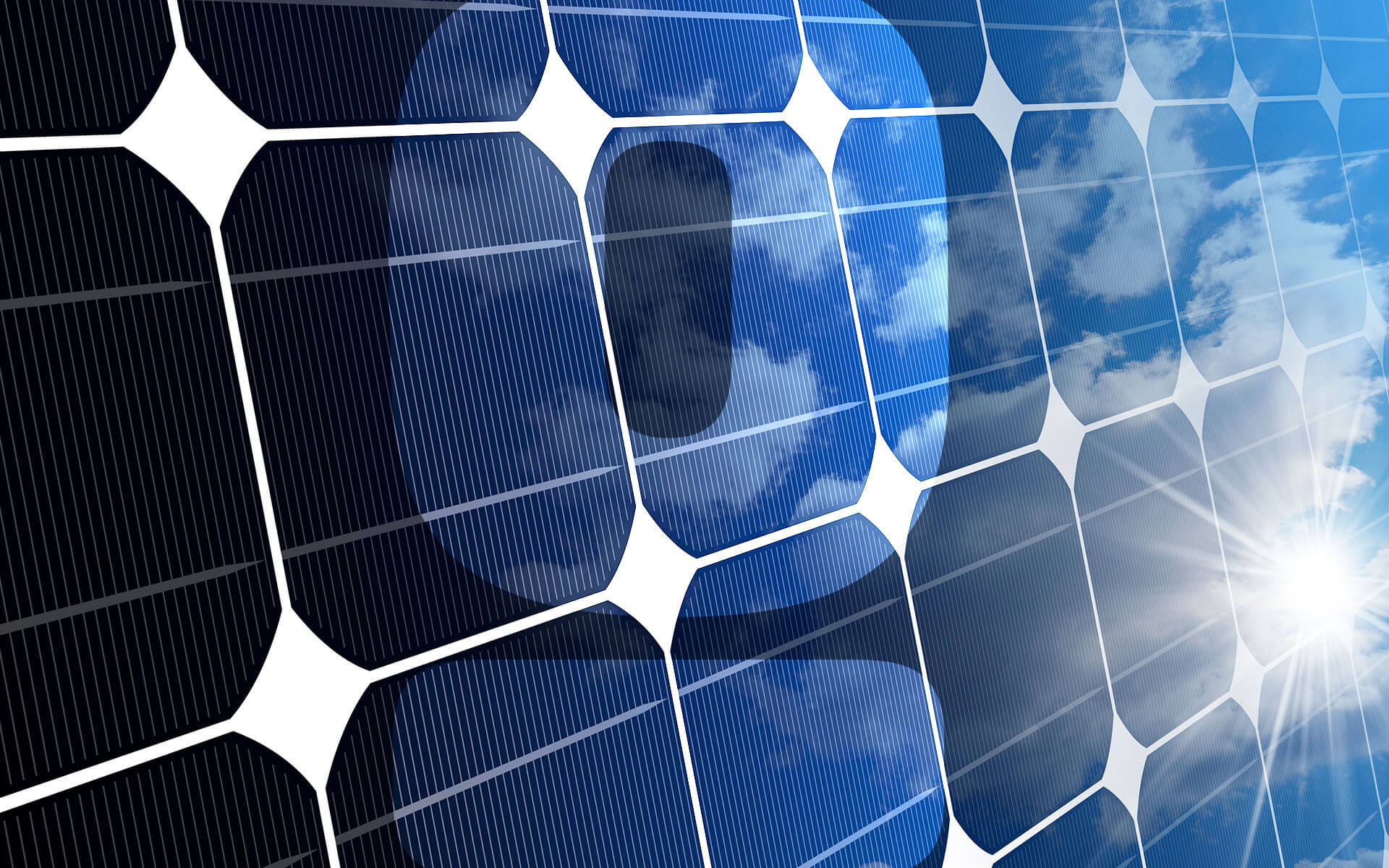
What is a Spinning Solar Panel?
We are reader-supported. When you buy through links on our site, we may earn affiliate commission.
High gas prices following the pandemic sparked a global energy conversation. Individuals are searching for cost-effective electricity sources to replace the conventional supply. As Russia invades Ukraine, energy professionals expect prices to rise continuously.
Countries are responding to the energy challenge by expanding clean power production. Each year, the global solar supply increases as nations adopt sustainability goals. Researchers are developing a spinning solar panel to improve the efficiency and compatibility of solar energy.
The Demand for Solar Power
Before exploring new solar technology, individuals must assess the demand for renewable energy. About 84% of energy around the world comes from fossil fuels. During the combustion phase of energy production, greenhouse gas emissions invade the atmosphere.
Fossil fuel emissions are the leading cause of climate change. The pollutants alter Earth’s ability to regulate surface temperatures and support biodiversity. Environmentalists are working with countries to minimize emissions by creating effective regulations.
Together, ecologists and government officials create climate laws. The laws ensure residents and business owners achieve net zero emissions by 2050, at the latest. Energy professionals are using solar power to abide by the regulations and improve the affordability of electricity.
Individuals adopt solar panels for their extensive benefits. The most notable advantage of renewable energy is its sustainability. Photovoltaic (PV) panels convert sunlight into electricity without releasing greenhouse gas emissions.
Another significant benefit of PV panels is their ability to lower utility costs. Individuals can also generate a passive income by selling excess renewable electricity back to their local grid. Environmental engineers are evaluating ways to expand solar power production by tackling PV panel challenges.
Challenges with Conventional Panels
PV panels are incompatible with current sustainability goals because they have low-efficiency rates. Conventional rooftop panels have a 15% to 22% efficiency rate. Different panel materials and weather conditions affect their electricity generation.
Thin-film PV panels contain a layer of solar cells covered by a glass or plastic substrate. The highest efficiency of a thin film panel is 22% on average. Many individuals rely on the technology because it is cost-effective and easy to install.
Monocrystalline panels have higher efficiency rates, reaching 27% in ideal weather conditions. The technology includes silicon, which helps produce more electricity. While monocrystalline panels generate more power than other solar devices, their efficiency rates must increase to meet global energy demands.
Snow, wind and ice all impact panels’ efficiency levels. If over 5 centimeters (cm) of snow piles up on panels, it interferes with electricity production. A thick layer of snow can decrease a system’s efficiency by 100%.
Wind also impacts solar power production by causing general panel damage. Environmental engineers and scientists explored the efficiency challenges associated with conventional renewable and developed a spinning solar panel.
What is a Spinning Solar Panel?
A spinning solar panel is a cone-shaped cell that produces more clean electricity than flat PV devices. The technology uses a collection of PV cells angled strategically to capture the highest quantity of sunlight. A spinning solar panel is nearly 20 times more efficient than traditional panels.
The panel’s conical shape increases its ability to capture solar radiation as the sun moves throughout the day. It also decreases the accumulation of snow and other efficiency degrading elements using gravity. The device also improves energy production by minimizing overheating using the dynamic spin feature.
Engineers strategically developed the features to absorb enough solar radiation to stimulate the PV cells while rotating and cooling the system. Overheating is a significant cause of efficiency degradation and the spin features target heating. Creating more renewable electricity with spinning solar panels helps individuals access affordable energy.
The solar industry currently produces the most cost-effective electricity supply on Earth. If the energy industry capitalizes on spinning panels, it can decrease the global price of power and improve climate conservation efforts. Other environmentalists are also developing technological advancements to increase panel efficiency rates.
Future Solar Advancements
One technological advancement improving solar power production rates is a floatovoltic panel. Environmentalists took conventional PV panels to the next level by increasing their compatibility with the ocean’s surface. The panels produce more electricity because the water below cools them down and prevents overheating.
Floatovoltics also access large quantities of sunlight without shadow interruption. Another technological advancement is solar textiles. Entrepreneurs are developing jackets and other garments with built-in cells that charge internal warmers and phone batteries.
Should You Invest in Solar Technologies?
As the planet’s temperature increases, individuals purchase more renewable energy technologies. Environmentalists are constantly improving solar technology and so now is a great time to invest in devices. All solar devices can also help owners shrink their carbon footprints immediately, improving ecological conditions today.
Share on
Like what you read? Join other Environment.co readers!
Get the latest updates on our planet by subscribing to the Environment.co newsletter!
About the author
Grace Waters
Always inspired by the natural world around her, Grace grew up exploring tide pools and hiking mountain trails, developing a deep appreciation for biodiversity and conservation. Now, Grace works as the Senior Editor of Environment.co where she covers topics related to emerging clean technologies, zero-waste initiatives, and the intersection of environmental policy and everyday living.





